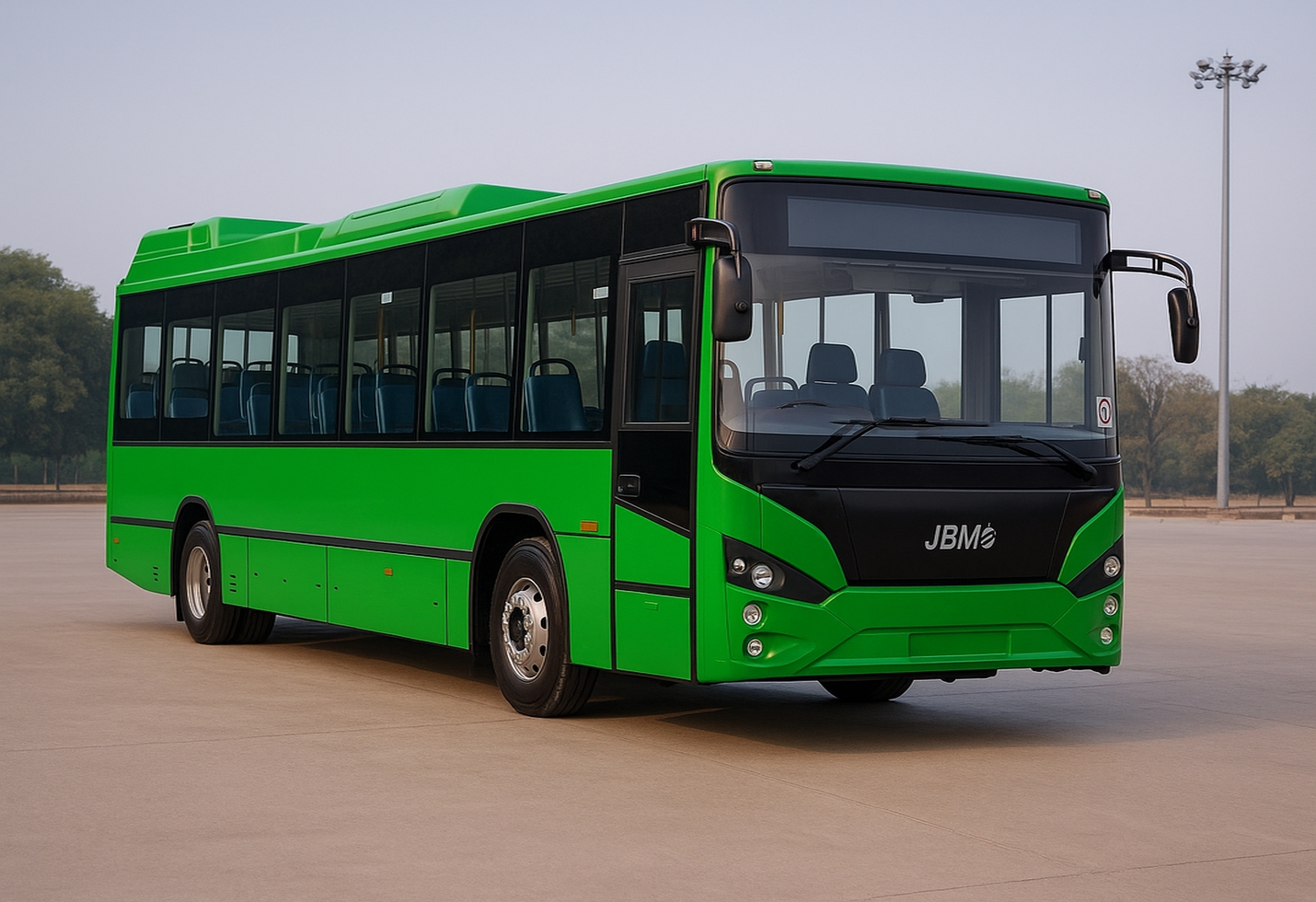Dharani Sugars Q1 FY2026: Challenges Amid Industry Headwinds
Despite reporting widened losses and negligible sales, Dharani Sugars confronts operational and financial pressures amid a tough market environment.
Overview of Q1 FY2026 Financial Performance
Dharani Sugars and Chemicals Limited reported weak financial results for the quarter ending June 30, 2025. The company registered an unaudited net loss of ₹20.58 crore, sharply higher than the previous year’s loss of ₹13.43 crore for the same period. Strikingly, the sugar and chemicals maker reported nil sales revenue for the quarter, indicating significant operational challenges affecting production or marketability.
The basic loss per share widened to ₹4.96 compared to ₹4.04 in Q1 FY2025, reflecting overall erosion in profitability. These results come amid a broader global slowdown in commodity prices and rising input costs impacting profitability in the sugar sector.
Revenue and Sales Analysis
The company’s total reported revenue stood at just ₹2.31 million, a marginal increase from INR 0.409 million in Q1 of the prior year. However, this trivial revenue generation starkly contrasts against the company’s existing capacity and financial obligations. Segment-wise, revenues from sugar, chemical, distillery, and power units remained negligible or non-existent for the quarter.
Lack of sales inflows exerted severe pressure on the company’s working capital cycle, impeding its ability to service debt and operational costs effectively in a capital-intensive industry.
Rising Losses and Expense Pressure
Operating profitability declined due to high fixed costs and interest expenses. Dharani Sugars posted a significant increase in net loss, swelling from ₹13.43 crore to ₹20.58 crore year-on-year. Key cost components like employee expenses and depreciation remained high, further straining earnings. Interest burden also remained elevated, weighing heavily on the bottom line.
The company operates in a sector prone to commodity price volatility and cyclical downturns, which exacerbates cost pressures when product prices soften.
Sector Context and Industry Challenges
The sugar industry in India is grappling with multiple challenges including:
• Excess production leading to inventory buildup
• Delays in government subsidy payments and export incentives
• Rising cane procurement costs impacting margins
• Competition from alternative sweeteners and biofuels
These headwinds have complicated Dharani Sugars’ efforts to stabilize its revenues and regain profitability. Market volatility and high raw material costs continue to pressure operating margins.
Balance Sheet and Financial Health
The company’s financial position remains fragile. Contingent liabilities exceed ₹348 crore while working capital deficiencies persist. Limited cash flow generation due to minimal sales and increasing losses raises solvency concerns. The company’s equity and reserves are under stress given ongoing losses, impacting investor confidence and credit rating prospects.
To improve liquidity, Dharani Sugars may need to explore asset monetization, debt restructuring, or fresh capital inflows.
Outlook and Strategic Considerations
While Q1 FY2026 presented significant challenges, Dharani Sugars’ management will need to focus on:
• Restarting production and sales operations at profitable levels
• Enhancing operational efficiencies and cost control
• Navigating regulatory and subsidy landscapes effectively
• Leveraging diversification in chemicals and power segments for revenue stability
Sector recovery hinges on government policy support and improved global sugar demand. Until then, the company faces a steep climb to return to earnings growth and financial stability.
Conclusion
Dharani Sugars and Chemicals’ Q1 FY2026 results highlight the tremendous difficulties the company faces amid sector downturn and operational constraints. With nil sales and widening losses, immediate strategic actions to restore production, contain costs and strengthen the balance sheet are critical. While the broader sugar industry shows signs of volatility, Dharani Sugars must execute concrete turnaround plans to secure its future in a challenging market.
The image added is for representation purposes only










